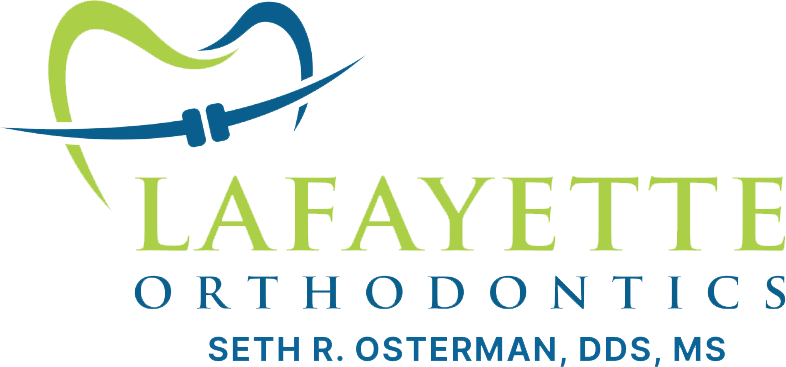Frequently Asked Questions About Orthodontics
Initial Visit
At what age should my child first see an orthodontist?
Following the American Association of Orthodontists’ guidelines, we recommend scheduling a smile exam around age 7. This is usually when their 6-year-old molars have erupted and the front permanent teeth are starting to appear.
Why schedule an early orthodontic consultation for children?
Early evaluations help us observe jaw and tooth development and catch potential concerns early. If treatment isn’t needed right away, monitoring can ensure the best timing for care.
What happens during the first orthodontic exam visit, and how long does it take?
Your first visit typically lasts about 40 minutes, depending on the complexity of your case and potential treatment options. During this appointment, we’ll perform a visual examination, document our findings and recommendations in your electronic record, and thoroughly explain them to you. We’ll also take time to answer any questions you may have. In some cases, we may take X-rays and/or photos to help confirm the treatment plan, especially when the diagnosis is more complex.
Can you accommodate transfer patients from another city or state?
Yes! We’re happy to help new patients who are moving into the area. You’ll receive a complete evaluation, and we’ll tailor a plan that fits your current progress.
Do you treat adults?
Absolutely. A growing percentage of our patients are adults, and one of our specialties is comprehensive team dental care for adults! Many adults seek orthodontic treatment, especially with discreet options like Invisalign and clear ceramic braces.
What is The Difference Between An Orthodontist and a Dentist?
Orthodontists are dental specialists with advanced training in aligning teeth and correcting jaw position. After earning their dental degree, they complete at least two additional years of specialized education to receive their orthodontic certification. This focused expertise makes them the most qualified providers for treatments such as braces and Invisalign.
Can appointments be made after school or work hours?
We do our best to offer convenient scheduling. While longer procedures need to be done earlier in the day, we reserve after-school time slots for routine appointments.
Do you provide emergency orthodontic care?
Yes, we are available to assist with orthodontic emergencies. We encourage you to contact our office directly and refer to the emergency care section of our website for detailed information. If urgent care is required outside of regular business hours, our voicemail system will provide further instructions.
Financial & Insurance
Can we make monthly payments for braces and Invisalign treatment?
Yes! We offer flexible, interest-free financing to fit your family’s budget—even without insurance.
How does dental insurance work with Invisalign or braces cost?
If your insurance includes orthodontic coverage, it may cover part of your treatment. We’ll obtain an estimate of your benefits, file claims on your behalf, and help you maximize coverage.
Do you accept credit cards for orthodontic payments?
Yes. We accept major credit cards like Visa, MasterCard, Discover, and Amex.
Can I set up automatic monthly payments?
Absolutely. You can arrange automatic payments through credit or debit cards, including HSA/FSA, for convenience.
Is interest charged on financing plans?
We offer 0% interest financing to help make treatment accessible and affordable.
Do you provide discounts for family orthodontic treatment?
Yes. We offer special savings when multiple family members begin treatment with us.
Orthodontic Retainers
Do I need to wear retainers long-term after Invisalign or braces?
Yes, retainers are initially worn full-time for a short period, followed by nighttime wear indefinitely to maintain long-term alignment and stability of your smile.
Why do teeth move after braces or clear aligners?
Teeth move throughout life, whether you have worn braces or not. It is part of the natural aging process. This is why retainer wear is recommended indefinitely to maintain your orthodontic results over your lifetime.
What are bonded retainers, and are they effective?
Bonded retainers are fixed behind the lower front teeth to hold alignment. They work well but require diligent hygiene and regular dental checkups.
